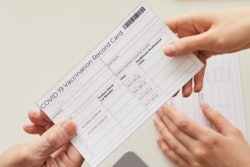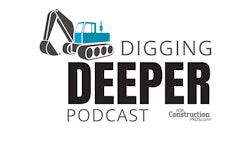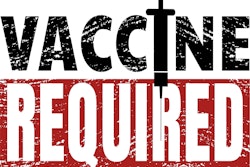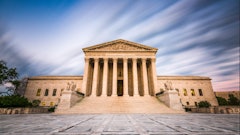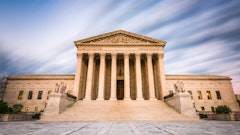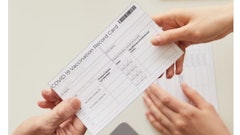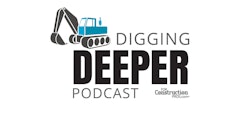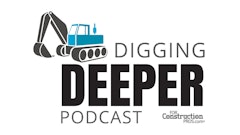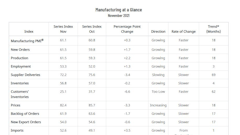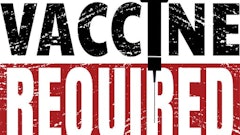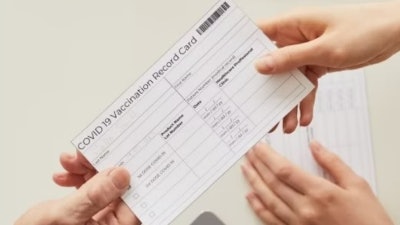
The Supreme Court has not yet ruled after hearing oral arguments on the Occupational Safety & Health Administration’s COVID-19 Emergency Temporary Standard on Friday, but the standard is currently in effect. The first deadline is today, January 10.
The high court returned early from its winter break for the unusual hearing as COVID-19 infection rates set a pace to triple previous records.
The Society for Human Resource Management spoke with Robert Duston, an attorney with Saul Ewing Arnstein & Lehr in Washington, D.C., who said that as of today, employers of 100 or more must have policies in place, enforce masking requirements and comply with other obligations. Employers that choose to offer employees the option of testing don’t need to start that until Feb. 9.
If the Supreme Court does not block the emergency temporary standard (ETS), employers who have not started to implement some of the hardest parts of the directive – developing a secure record of all employees’ vaccination status – leave themselves open to complaints and investigations.
According to SHRM.org, given the scope of those covered by the rule, relative to OSHA's enforcement capacity, “Duston thinks OSHA will likely consider an employer's good-faith efforts to comply, and he said that covered employers are unlikely to see many citations in the next month unless they simply refuse to comply.”
The ETS requires workers at companies with 100 or more employees to be fully vaccinated against COVID-19 or submit to weekly coronavirus tests. As of today, January 10, unvaccinated employees at large companies are required to wear masks at work. Testing requirements and potential fines for employers don’t kick in until Feb. 9.
OSHA estimates the ETS could save more than 6,500 lives and prevent over 250,000 hospitalizations in the six months that it would be in effect.
Human Resources Director Magazine reports that Bob Nichols, a Houston-based partner at international law firm Bracewell LLP, who has represented employers in matters pending with government agencies for more than 30 years, suggests that employers should take steps now to comply with the standard. “If you don’t have the appropriate policy in place or unvaccinated employees wearing face coverings, you face potential fines and citations from OSHA,” Nichols says.
“The Supreme Court doesn’t appear to be taking on the merits of the case. Rather, they’re determining whether they should put the rule on hold while it’s being litigated,” Nichols says.
Even if the Supreme Court allows the standard to go forward, underlying litigation is expected to continue. “However, the rule will likely be around long enough where the Biden administration will get its intended effect, anyway,” Nichols says. “The real winner is who wins this Supreme Court fight.”
If the Supreme Court blocks the ETS, OSHA will continue to issue guidance and citations for employers who fail to implement health and safety measures related to COVID-19. For example, OSHA already requires employers to maintain proper cleaning procedures and follow isolation and quarantine guidelines. And individual state OSHA plans will continue to enforce COVID-19 standards within their jurisdictions.





